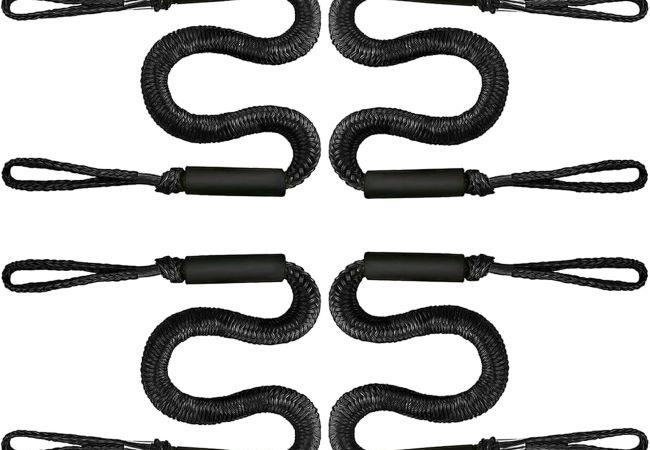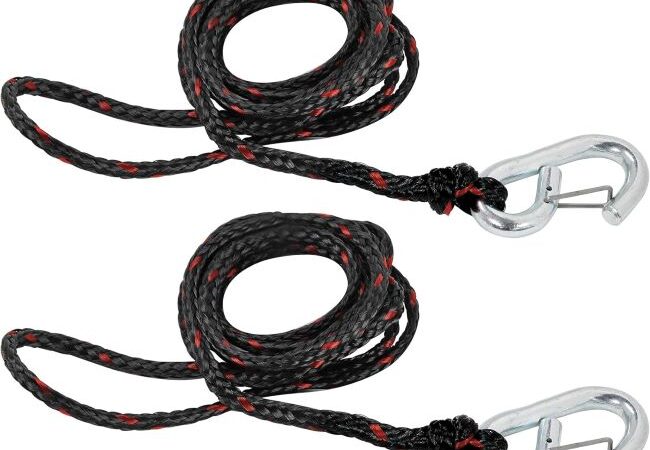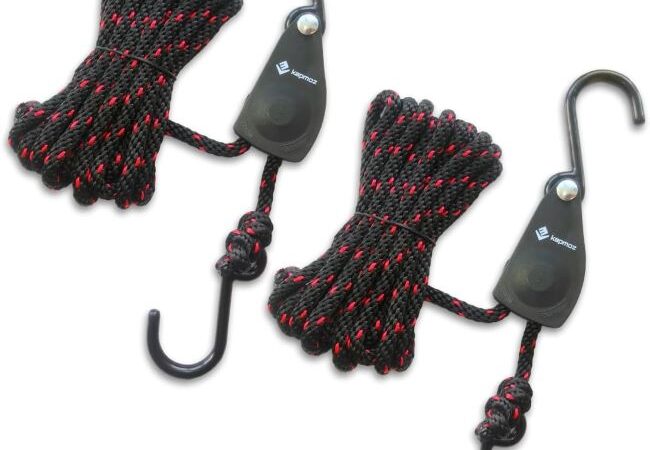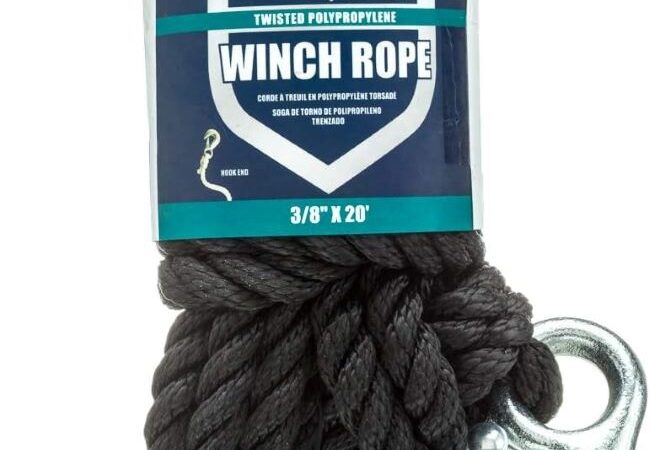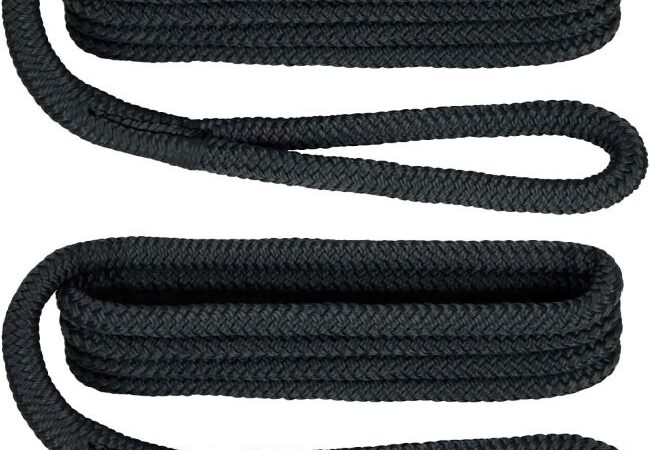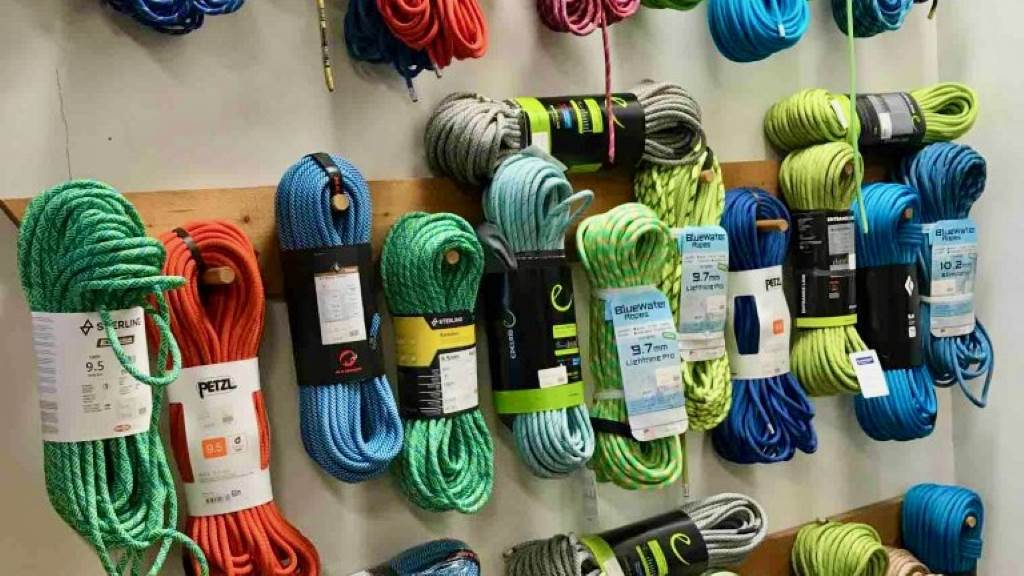
The Ultimate Rope Buying Guide: Types, Materials & Uses
Choosing the right rope can feel overwhelming with so many options available. Whether you’re securing cargo, climbing mountains, or tackling DIY projects, understanding the types, materials, and uses of ropes is key. This ultimate rope buying guide simplifies the process, helping you make informed decisions. From nylon to natural fibers, each rope serves a unique purpose. My first camping trip taught me this when a flimsy rope snapped, leaving my tent in chaos! Let’s dive into the world of ropes to ensure you pick the perfect one for your needs.
Contents at a Glance
ToggleWhat Is a Rope and Why Does It Matter?
A rope is a bundle of fibers twisted or braided together for strength and flexibility. Its importance spans industries, from construction to outdoor adventures. Selecting the right rope ensures safety and efficiency. For instance, a weak rope can lead to accidents during climbing. According to a 2023 study by the Outdoor Industry Association, 65% of camping mishaps involve improper gear, including ropes.
Different ropes suit specific tasks. Climbing ropes prioritize elasticity, while marine ropes resist water. Understanding these differences prevents costly mistakes. My experience with a frayed rope during a boat trip showed me the value of choosing quality. This guide breaks down the essentials to help you avoid such pitfalls.
Types of Ropes: Which One Suits Your Needs?
Ropes come in various types, each designed for specific applications. Knowing these types helps you choose wisely. The main categories include twisted, braided, and kernmantle ropes. Twisted ropes are affordable and versatile, ideal for general use. Braided ropes offer strength and flexibility, perfect for marine tasks. Kernmantle ropes, with a core and sheath, are popular for climbing due to their durability.
Each type has unique benefits. For example, braided ropes resist abrasion better than twisted ones. According to a 2024 report by the American National Standards Institute, kernmantle ropes reduce fall-related injuries by 30% in climbing. Consider your task—camping, towing, or climbing—before deciding. My first climbing experience with a kernmantle rope gave me confidence in its reliability.
Common Rope Types
- Twisted Ropes: Simple, cost-effective, great for tying knots.
- Braided Ropes: Smooth, strong, ideal for heavy-duty tasks.
- Kernmantle Ropes: Dynamic or static, perfect for climbing or rescue.
Rope Materials: Natural vs. Synthetic
Rope materials fall into two categories: natural and synthetic. Natural ropes, like manila and cotton, are eco-friendly and biodegradable. They suit decorative or light-duty tasks but weaken when wet. Synthetic ropes, such as nylon, polyester, and polypropylene, dominate modern applications due to their strength and durability. Nylon offers elasticity, ideal for climbing, while polyester resists UV damage, perfect for outdoor use.
Synthetic ropes outperform natural ones in most scenarios. A 2023 study by the Cordage Institute found synthetic ropes last 50% longer than natural ones in harsh conditions. However, natural ropes have charm for aesthetic projects. I once used a manila rope for a rustic fence, but it frayed quickly. Synthetic ropes proved better for my heavy-duty needs. Choose based on your environment and task.
Popular Rope Materials
- Nylon: Stretchy, strong, great for dynamic loads.
- Polyester: UV-resistant, low stretch, ideal for marine use.
- Manila: Natural, biodegradable, best for decorative purposes.
Key Factors to Consider When Buying a Rope
Selecting a rope involves evaluating several factors: strength, stretch, durability, and environment. Strength, measured in tensile strength, determines how much weight a rope can handle. Stretch affects performance—dynamic ropes stretch for climbing, while static ones don’t, suiting rescue operations. Durability depends on material and construction. Environment matters too; marine ropes must resist saltwater, while climbing ropes need abrasion resistance.
Additionally, consider diameter and length. Thicker ropes handle heavier loads but are less flexible. A poorly chosen rope can fail when you need it most. During a towing job, I underestimated a rope’s strength, causing delays. Checking specifications saved me later. Always match the rope to your task for safety and efficiency.
Uses of Ropes Across Different Activities
Ropes serve countless purposes across activities. In camping, they secure tents and tarps. Climbing ropes protect adventurers, while marine ropes anchor boats. Construction workers rely on ropes for hoisting materials. Even DIY enthusiasts use ropes for home projects, like building swings or trellises. Each activity demands specific rope characteristics, such as flexibility or weather resistance.
For example, climbers need dynamic ropes to absorb fall energy, while boaters prefer low-stretch polyester ropes. My sailing trip highlighted this when a stretchy rope caused my anchor to shift. Understanding rope uses prevents such issues. Therefore, identify your activity’s needs before purchasing. This ensures you get a rope that performs reliably.
Rope Uses by Activity
- Camping: Secure tents, hang gear, lightweight ropes preferred.
- Climbing: Dynamic ropes for safety, kernmantle design essential.
- Marine: Polyester or nylon for water resistance, low stretch.
How to Maintain and Store Your Rope
Proper maintenance extends a rope’s lifespan. Always clean ropes after use to remove dirt or salt, which can weaken fibers. For synthetic ropes, use mild soap and water, then air-dry them. Avoid direct sunlight during storage, as UV rays degrade materials. Coil ropes neatly to prevent kinks, which reduce strength. Inspect ropes regularly for frays or cuts, discarding damaged ones.
Neglecting maintenance can lead to failures. I learned this when a poorly stored rope snapped during a hike. Regular care would have saved it. Additionally, store ropes in a cool, dry place to avoid mildew. Following these steps ensures your rope remains reliable. Proper storage and cleaning are simple but critical for safety and longevity.
Common Mistakes to Avoid When Buying a Rope
Many buyers make avoidable mistakes when choosing a rope. One common error is ignoring specifications, like tensile strength or material suitability. Another is prioritizing price over quality, leading to unsafe or short-lived ropes. Using a climbing rope for towing, for instance, can cause dangerous failures due to mismatched properties. Always check the rope’s intended use.
Additionally, overlooking environmental factors, like water or UV exposure, shortens rope life. My early mistake was buying a cheap rope for marine use, which rotted quickly. Reading labels and researching prevent such errors. Therefore, take time to understand your needs and avoid these pitfalls. A well-chosen rope saves money and ensures safety in the long run.
Conclusion
Navigating the world of ropes doesn’t have to be daunting. This ultimate rope buying guide has explored types, materials, and uses to help you choose wisely. From kernmantle ropes for climbing to polyester for marine tasks, each rope serves a purpose. My own mishaps with ropes taught me the value of informed decisions. By considering strength, material, and environment, you’ll find the perfect rope. Avoid common mistakes and maintain your rope for lasting performance. Ready to pick your rope? Share your thoughts or questions in the comments below or spread this guide to help others!
FAQs
What is the strongest type of rope?
Nylon ropes are among the strongest, offering high tensile strength and elasticity, ideal for heavy-duty tasks like climbing or towing.
Can I use a climbing rope for marine purposes?
No, climbing ropes are dynamic and stretchy, unsuitable for marine tasks. Use low-stretch polyester ropes for water resistance.
How often should I replace my rope?
Replace ropes every 1–5 years, depending on use and condition. Inspect regularly for frays or damage to ensure safety.
Are natural ropes better than synthetic ones?
Synthetic ropes, like nylon or polyester, are stronger and more durable. Natural ropes suit decorative or light-duty tasks.
How do I know the right rope diameter?
Choose diameter based on task—thicker ropes (10–12mm) for heavy loads, thinner ones (6–8mm) for lightweight or flexible uses.


